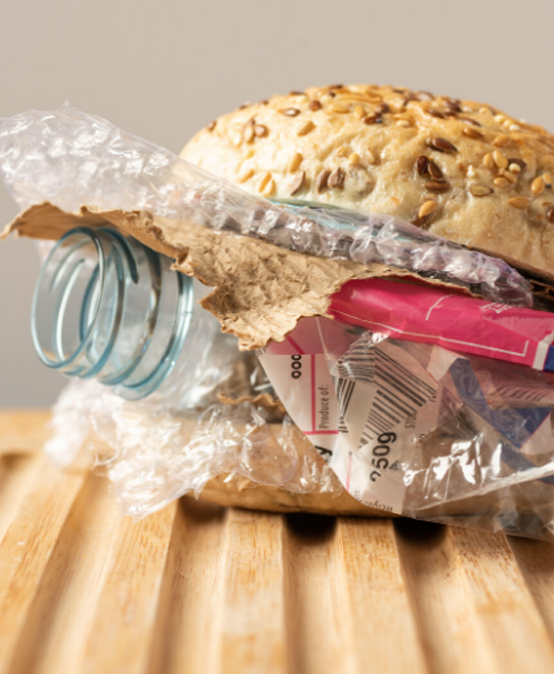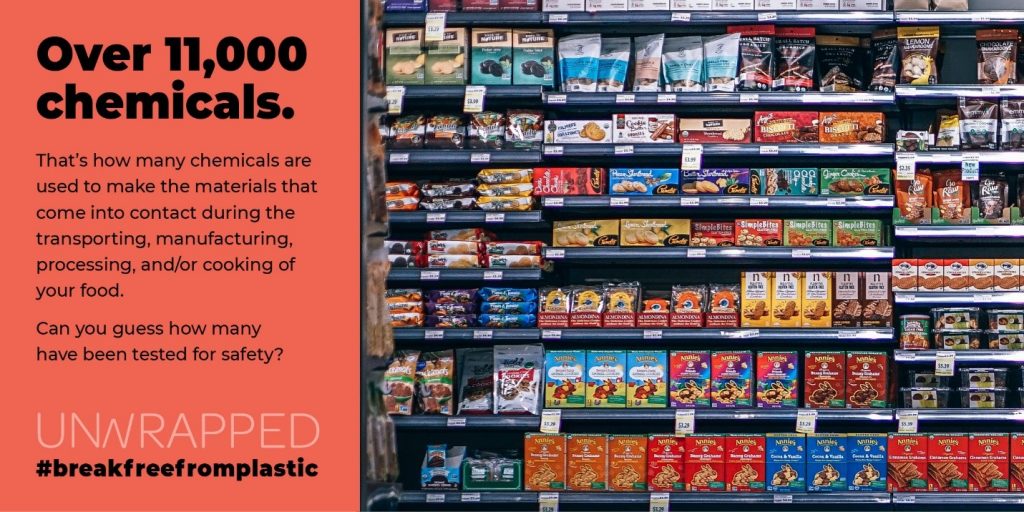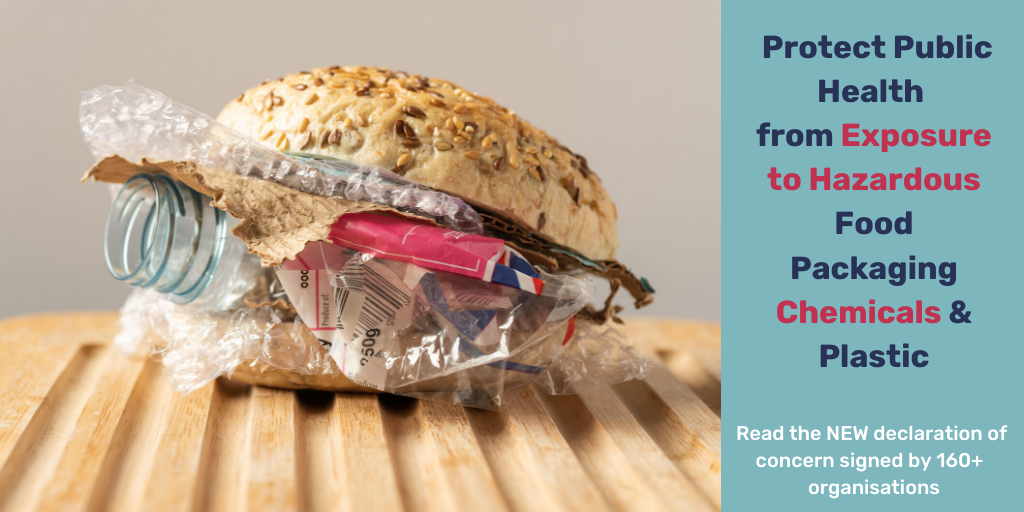
International experts call for food packaging safety measures

Thirty-three (33) international scientists published a consensus statement urging decision makers in government, industry and civil society to reduce exposure to harmful chemicals that are present in food packaging such as plastics. The authors work in the fields of developmental biology, endocrinology, epidemiology, toxicology, and environmental and public health, including Dr. Jorge Emmanuel of Silliman University in Dumaguete.
“In the Philippines, so much of our food is in plastic bags and plastic containers and some people even microwave food in plastics, yet many studies have shown that chemicals can migrate from plastics into food,” said Dr. Emmanuel, who specializes in environmental toxicology, public health and polymer science, among others.
“Our scientific consensus statement explains that in the U.S., about half of the nearly 12,000 chemicals allowed as food additives are food contact chemicals [FCCs] but many of them have never been tested for endocrine disruption and other hazardous properties,” he said.
Endocrine disruption is the ability of some chemicals to mimic or interfere with the body’s hormones. Endocrine disrupting chemicals have been linked with developmental malformations, reproductive problems, increased cancer risk, and changes to immune and nervous system functions.
The consensus statement also points out that in Europe, some substances that are known to cause cancer, genetic mutations, or harm to the reproductive system, are still authorized for use in food contact materials.
The consensus statement notes that hazardous chemicals that can transfer from food contact materials are associated with chronic diseases such as diabetes, obesity, cancer and neurological disorders, like attention deficit hyperactivity disorder. The issue is especially relevant for recycled materials and plastics alternatives that are being promoted as more environmentally friendly in response to plastic pollution concerns.
The peer-reviewed consensus statement is based on more than 1,200 peer-reviewed scientific studies and highlights seven specific areas in need of improvement, including: elimination of hazardous chemicals in food contact articles, development of safer alternatives, modernizing risk assessment, consideration of endocrine disruption, addressing mixture toxicity, improving enforcement and establishing a multi-stakeholder dialogue to find practical solutions.
The consensus statement was published on March 3, 2020 in the open access journal Environmental Health.

“Virtually everyone who eats food is exposed to food contact chemicals, but some are known to be hazardous and many are untested or even completely unknown. This consensus statement is a wake-up call,” said Dr. Jane Muncke, managing director of the Food Packaging Forum and co-author of the statement.
“Chemical migration from food contact articles like packaging must be systematically addressed, and any hazardous substances removed – and not just replaced with other, less well studied chemicals that turn out to be regrettable substitutions, like BPS that replaced BPA. Getting the toxics out is essential as society moves toward a circular economy and increases the use of recycled or alternative materials,” she added.
BPA is short for bisphenol A, a chemical found in reusable water tumblers, baby bottles and other products made of polycarbonate plastic as well as in coatings of metal food cans. BPA was detected in 93% of urine samples of people six years and older by a 2004 U.S. government study. After tests with animals showed that BPA is an endocrine disruptor, manufacturers started selling “BPA free” products. However, the common BPA replacement, bisphenol S or BPS, turned out to be an endocrine disruptor also. A study in 2012 found that 81% of urine samples from Japan, U.S., China, Kuwait, Vietnam, Malaysia, India and Korea had detectable levels of the replacement BPS.
According to Dr. Emmanuel, another concern are phthalates, which are a group of chemicals added to many plastics to increase their flexibility and to soften polyvinyl chloride (PVC) plastic which would otherwise be rigid. Plastics with phthalates include food packaging, toothbrushes, tablecloth, schoolbook covers, garden hoses and medical tubing. Some phthalates have been shown to affect the reproductive systems of laboratory animals, resulting in damaged sperm, abnormal development of the male reproductive tract and decreased fertility. The health effects on humans are still being studied.
The authors of the consensus statement analyzed existing lists of food contact chemicals (FCCs) issued by legislators, industry and NGOs worldwide. They found that almost 12,000 distinct chemicals are potentially in use in the manufacture of food contact materials today, and that many have not been tested adequately for toxicity.
While there is a great amount of information for some of the most well studied FCCs such as BPA and phthalates, thousands of reported FCCs lack data on their hazardous properties and/or level of human exposure – but these are critical data for determining human health risks.
Furthermore, there is an unknown, but presumably even higher number of non-intentionally added substances present in food packaging that have the potential to migrate into food, especially from recycled materials. Non-intentionally added substances refer to impurities found with the chemical additives, the results of chemical reactions during manufacturing, or chemicals produced when the additives themselves degrade.
The scientific consensus statement resulted in a Declaration of Concern and Call to Action, which as of March 4 was already signed by more than 160 organizations worldwide. The Declaration (available at https://www.unwrappedproject.org/) calls on lawmakers to ensure full disclosure and traceability of chemicals used in packaging, to restrict the use of hazardous chemicals in food packaging, and to adopt policies that support the transition to safe, reusable and refillable packaging.
Merci Ferrer, co-convenor of War on Waste/Break Free From Plastic – Negros Oriental, one of the organizations that signed the Declaration, concluded, “With the evidence presented by the international scientists, our lawmakers and government agencies such as DOH, FDA, DENR, DOST and others should apply the precautionary principle and take action to protect our people’s health.”


